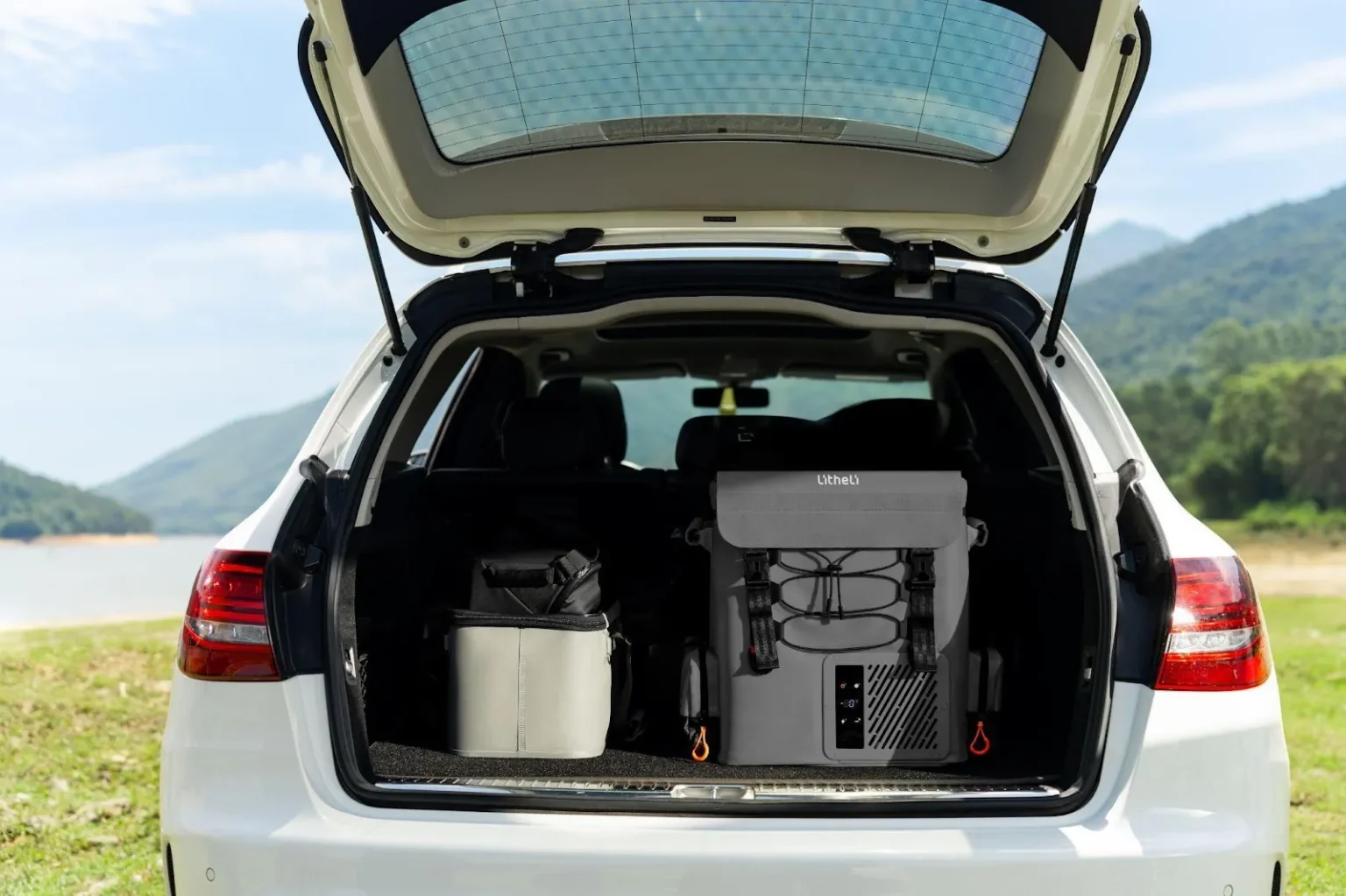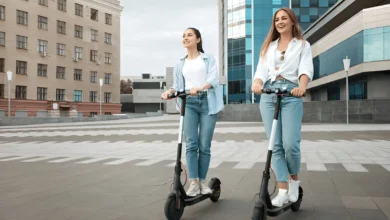
Getting views on YouTube today isn’t what it used to be. The platform has evolved. Creators now compete not just with other creators, but with algorithms, attention spans, and unpredictable trends. That’s where AI has quietly stepped in, not as a magic bullet, but as a powerful sidekick.
This isn’t one of those “AI will do it all for you” articles. Instead, we’re going deep into a real-world case study of two channels: a brand-new gaming creator struggling to break through, and a lifestyle YouTuber who’s already successful but wanted to scale smarter. What did they had in common? They both started using AI tools not to replace creativity, but to supercharge it.
Meet the Creators
Channel 1: – A New Gaming Channel
Leo had just started his YouTube gaming channel six months ago. He was doing everything “by the book” : consistent uploads, clickbait titles, decent thumbnails but his view count hovered around 100 per video. He tried Reddit threads, SEO tricks, and even cross-posting on Twitch, but nothing seemed to give that explosive growth others talked about.
Channel 2: – A Lifestyle Channel with 120K Subs
Maya runs a lifestyle and wellness channel. She already had a loyal audience and decent monetization through brand deals and affiliate links. But she hit a plateau. Her growth stalled, and she noticed her watch time wasn’t as strong as before. More creators were flooding her niche, and she needed a fresh edge not just to grow, but to evolve.
The AI Pivot
Both Leo and Maya stumbled onto something they hadn’t seriously tried before using AI tools for YouTube growth. This wasn’t just about slapping auto-generated titles or descriptions; it was about integrating AI into their workflow strategically.
Let’s break down what they did.
Leo’s AI Strategy: From 100 to 15,000+ Views in 45 Days
Problem:
Low visibility, low CTR (click-through rate), inconsistent engagement.
Step 1: Smarter Titles and Tags
Leo started using a set of tools that helped him analyze competitors’ metadata, trends, and keywords. One of his key discoveries was that his titles were too vague. For instance, he had a video titled:
“Elden Ring Boss Fight Compilation”
Using an AI-powered title and tag tool, he revised it to:
“I Beat 7 Elden Ring Bosses Without Healing – Here’s What Happened”
That alone bumped his CTR by 3.2%.
He also began extracting tags from viral gaming videos using a YouTube tag extractor that gave him a huge SEO edge, helping his content appear in suggested videos.
These tools are part of a free YouTube utility hub “TubePilot”, which Leo found useful for not just titles and tags, but also video summaries and SEO-friendly descriptions. He liked that it wasn’t overly branded or flashy, just practical tools all in one place.
Step 2: AI-Powered Video Chapters & Summaries
With AI-generated video chapters, he started breaking down long videos into digestible segments, which made viewers stick around longer. He paired this with a summary generator, adding it to the description so viewers could skim and click the exact moment they wanted.
This helped boost his average view duration by 17%, which directly contributed to better reach and higher recommendations by the algorithm.
Results:
- View count jumped from ~100 to 15K+ on a few optimized videos
- Subscriber count grew by 700 in 45 days
- One video got embedded by a gaming blog due to the well-structured chapters and caption
Maya’s AI Upgrade: Turning a Plateau into a New Peak
Problem:
Stalled growth, low retention on longer videos, content fatigue
Step 1: AI-Powered Video Analysis
Maya used an AI-based video information generator to analyze patterns in her past videos — things like video length, topic category, tone, and even intro styles. She found that videos with an “advice + routine” combo format performed 2.4x better than generic vlogs.
Instead of guessing, she now had real data to work with and this let her script smarter, not harder.
Step 2: Better Social Sharing
One big win? Maya started using a tool that converts YouTube videos into threads and social media captions. This drastically improved her video distribution strategy. Instead of just pasting links, she now teased highlights and timestamps directly in her posts.
The results? Her click-through rate from Instagram Stories increased by 38%. A single video that barely crossed 5K views earlier suddenly hit 25K in 6 days.
Again, tools like those from TubePilot helped her automate this without losing her voice. They felt like creative assistants, not robotic content generators.
Why AI Works on YouTube (When Used Right)
Let’s be clear: AI didn’t make Leo or Maya go viral on its own. What it did was eliminate bottlenecks. It made room for more strategy, more speed, and smarter decisions. Here’s why it worked:
Data-Backed Optimization
No more guessing what title works. No more random hashtags. AI tools helped them reverse-engineer what the algorithm already loves.
Speed and Consistency
Instead of spending hours writing summaries or social captions, they automated it, freeing up more time for shooting, editing, and audience engagement.
Viewer-Centric Content
Tools like caption generators, video note converters, and SEO description generators helped them focus on what viewers actually care about: clarity, value, and accessibility.
Tools They Used (And You Can Too)
While both creators explored multiple tools, most of their favorites were part of the same platform TubePilot. It offers a wide range of 100% free YouTube AI tools across different categories:
YouTube AI Tools
- Video Summary Generator
- SEO Title & Description Generator
- Hashtag Generator
- YouTube Video to Notes
Channel Growth Tools
- Subscribers Generator
- Channel Audit
- Watch Time Calculator
Content Repurposing Tools
- Video to Tweet
- Social Media Post/Caption Converter
- Video to Article
These aren’t just shiny toys, they’re practical, creator-friendly tools that help you do more with less.
Final Thoughts:
What Leo and Maya’s story proves is this: you don’t need to be a tech wizard or a viral star to start using AI. Whether you’re new to YouTube or already established, the difference between flatlining and flourishing might just be in how you use your tools.
And here’s the best part: most of these tools are free. No need for expensive software or agencies. Platforms like TubePilot give creators a no-fluff toolkit to stay competitive and creative.
So if you’re stuck at 100 views or simply want to break through your current ceiling, maybe it’s time to ask:
What would happen if you let AI handle the boring stuff and focus on the creative side again?













